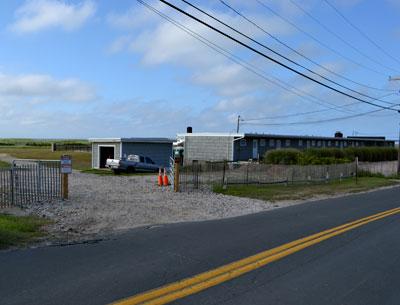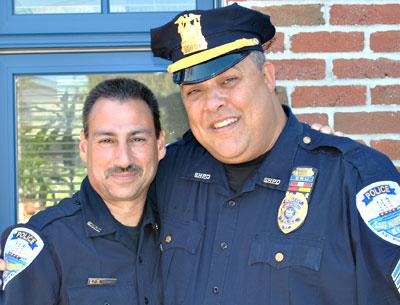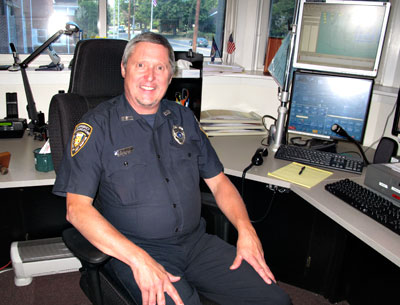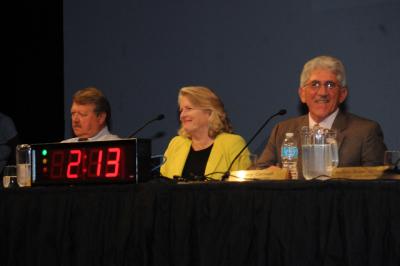East Deck Plans to Get First Look
East Deck Plans to Get First Look

The first step in what is expected to be a long process of site plan review of a controversial plan to convert the old East Deck Motel at Ditch Plain, Montauk, into a private club is scheduled to begin before the town planning board at East Hampton Town Hall at 6:30 p.m. on Wednesday.
Because of widespread interest in the project, the board had considered holding the meeting at the LTV Studios in Wainscott, a much larger venue. However, John Jilnicki, the board’s attorney, explained that the session could not be moved because legal notices had already been posted for a public hearing on another matter, a Wainscott subdivision, to be held at the same meeting.
This week, as opposition continued to mount, Lars Svanberg and Scott Bradley, who have served as spokesmen for ED40, the limited liability corporation that now owns the property, spoke out through a public relations firm. In a joint statement, they said, “We believe this is the lowest density and most environmentally friendly use as permitted by town code. We are totally committed to the protection, preservation, and enhance?ment of the environment and character of the Montauk community.”
In response to speculation that the club would be able to accommodate 539 people at a time, as indicated by the plans for the septic system in documents submitted to the planning board, the men argued that the system was designed to meet Suffolk County regulations and would have far less use, perhaps accommodating as few as 20 or 30 people a day rather than 539.
Meanwhile, an online petition against the proposal, at ditchplainsassociation. com, had gathered almost 5,000 signatures as of yesterday morning. As interest continued to mount, Eric Schantz, a planner for the town’s Planning Department, reported that a memo he was preparing on the application for the club, which is in a six-inch-thick file, would not be available seven days in advance of the first planning board meeting, as he had hoped. He promised board members that it will be ready before the weekend.
Also being scrutinized is the strategy being used to set up the club. Mr. Jilincki has given ED40 a green light to separate the operation of the club from the ownership of the land on which it sits in keeping with the requirements ofthe town code, which states that such clubs must be nonprofit, and that their activities “shall be limited to club members and their guests and shall not be extended to the general public.” It goes on to read, “The lease of land to a club by any person shall be deemed to constitute operation of a recreation facility on that lot for all purposes of this chapter.”
Of the application, Mr. Jilnicki said, “Nothing has been received. No documentation. It is, at this point, a first look. We are, by no means, close to done. We have just begun the process.”
Plans for the facility include an Olympic-size swimming pool, a hot tub, a large outdoor jaccuzi, showers, a restaurant, game room, exercise room, spa, and several lounges, as well as storage areas. A large area of below-grade parking on the eastern edge of the property is planned at what is now a driveway onto the grounds. This area is to go to a depth of six feet and be covered with a trellis. It is also to serve as the entrance for trucks, which go to the end of the parking area, then turn right into the lower deck of a two-story pavilion, under which loading docks would be located.
Of Wednesday’s meeting, Reed Jones, the planning board chairman, said yesterday that the public should understand “this is not a public hearing. There will be an appropriate time and place for a public hearing.” Rather, he said, it was an opportunity for the board to begin the very extensive process of exploring a complex site plan.





